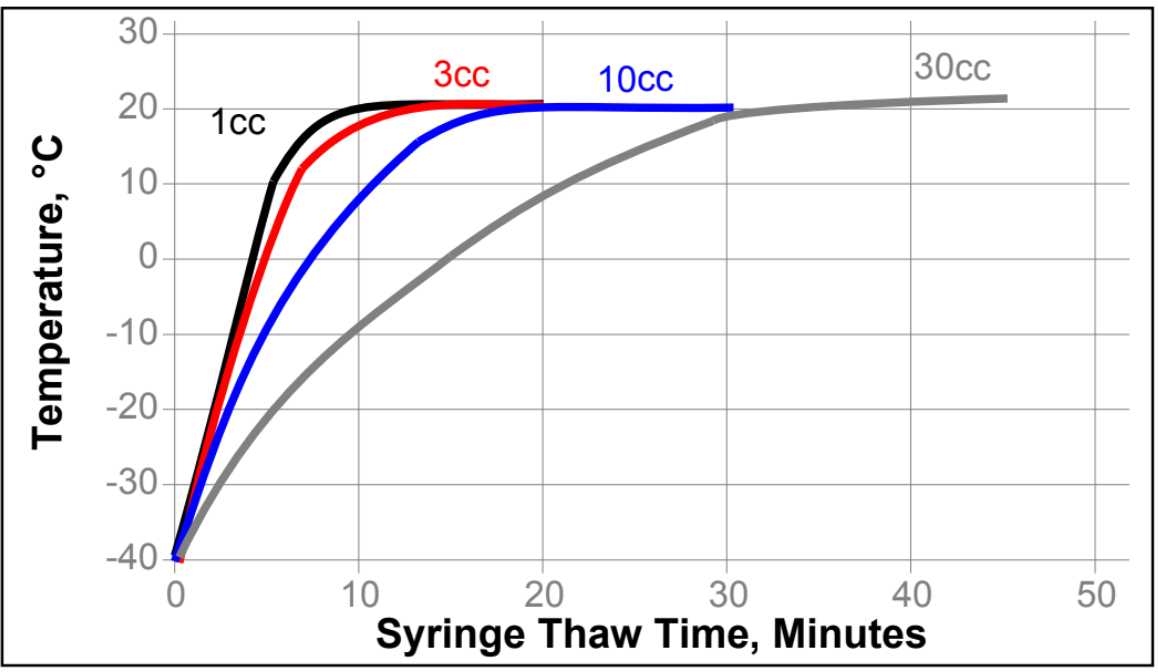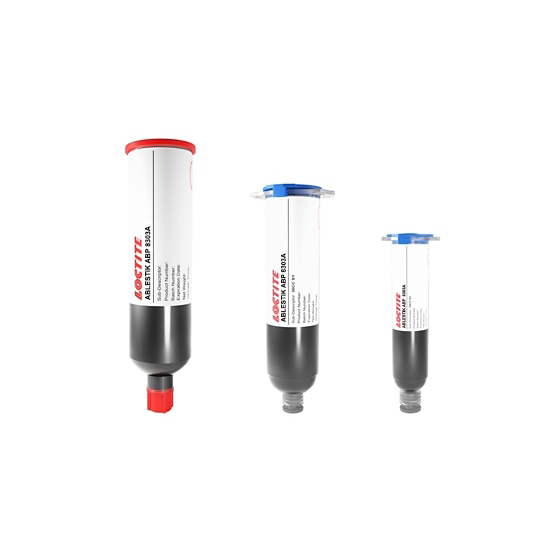LOCTITE ABLESTIK ABP8303A
Harmonization Code : 3506.91.90.99 | Prepared glues and other prepared adhesives, not elsewhere specified or included; products suitable for use as glues or adhesives, put up for retail sale as glues or adhesives, not exceeding a net weight of 1 kg ; Adhesives based on polymers of headings 3901 to 3913 or on rubber; Other ; Other
Main features
- High die shear strength
- Low outgassing
- Ideal for large die sizes
Product Description
LOCTITE ABLESTIK ABP 8303A silver filled, conductive die attach adhesive is recommended for use in bonding integrated circuits and components to metal substrates. ABLESTIK ABP 8303A has moderate modulus, high adhesion and low stress, enabling robust bonding of medium/large sized dice on a wide variety of metal surfaces, including Cu, Ag and PPF.
LOCTITE ABLESTIK ABP 8303A is particularly suitable for packages in which tight control of resin bleed out is required. The material is hydrophobic and stable at high temperatures.
Technical Specifications
| General Properties | |||||||||
| Density (g) | 3.5 g/cm3 | ||||||||
| Work life @25°C Work life @25°C Work life is the amount of time we have to work with a material until it is no longer able to be easily worked and applied on a substrate. It is based on the change in viscosity and it can rely on the application requirements. | 24 hours | ||||||||
| |||||||||
| Physical Properties | |||||||||
| Thixotropic index Thixotropic index Thixotropic Index is a ratio of a material s viscosity at two different speeds in Ambient temperature, generally different by a factor of ten. A thixotropic material s viscosity will decrease as agitation or pressure is increased. It indicates the capability of a material to hold its shape. Mayonnaise is a great example of this. It holds its shape very well, but when a shear stress is applied, the material easily spreads. It helps in choosing a material in accordance to the application, dispense method and viscosity of a material. | 4.6 | ||||||||
| Viscosity Viscosity Viscosity is a measurement of a fluid’s resistance to flow. Viscosity is commonly measured in centiPoise (cP). One cP is defined as the viscosity of water and all other viscosities are derived from this base. MPa is another common unit with a 1:1 conversion to cP. A product like honey would have a much higher viscosity -around 10,000 cPs- compared to water. As a result, honey would flow much slower out of a tipped glass than water would. The viscosity of a material can be decreased with an increase in temperature in order to better suit an application | 10,500 mPa.s | ||||||||
| Chemical Properties | |||||||||
| |||||||||
| Moisture absorption | 0.3 % | ||||||||
| Mechanical Properties | |||||||||
| |||||||||
| |||||||||
| Electrical Properties | |||||||||
| Volume Resistivity Volume Resistivity Volume resistivity, also called volume resistance, bulk resistance or bulk resistivity is a thickness dependent measurement of the resistivity of a material perpendicular to the plane of the surface. | 6.0x10-2 Ohms⋅cm | ||||||||
| Thermal Properties | |||||||||
| |||||||||
| Glass Transition Temperature (Tg) Glass Transition Temperature (Tg) The glass transition temperature for organic adhesives is a temperature region where the polymers change from glassy and brittle to soft and rubbery. Increasing the temperature further continues the softening process as the viscosity drops too. Temperatures between the glass transition temperature and below the decomposition point of the adhesive are the best region for bonding. The glass-transition temperature Tg of a material characterizes the range of temperatures over which this glass transition occurs. | 30 °C | ||||||||
| Thermal Conductivity Thermal Conductivity Thermal conductivity describes the ability of a material to conduct heat. It is required by power packages in order to dissipate heat and maintain stable electrical performance. Thermal conductivity units are [W/(m K)] in the SI system and [Btu/(hr ft °F)] in the Imperial system. | 1.5 W/m.K | ||||||||
Additional Information
Cure Schedule
- 30 minute ramp to 175°C plus 60 minutes @ 175 °C in N2 oven.
Thawing
- Allow container to reach room temperature before use.
- After removing from the freezer, set the syringes to stand vertically while thawing.
- Refer to the Syringe Thaw time chart for the thaw time recommendation.
- DO NOT open the container before contents reach 25°C temperature. Any moisture that collects on the thawed container should be removed prior to opening the container.
- DO NOT re-freeze. Once thawed to -40°C, the adhesive should not be re-frozen.

Directions for Use
- Thawed material should immediately be placed on dispense equipment for use.
- If the adhesive is transferred to a final dispensing reservoir, care must be exercised to avoid entrapment of contaminants and/or air into the adhesive.
- Adhesive must be completely used within the product's recommended work life.
- Silver-resin separation may occur if the adhesive is left out at room temperature, beyond the recommended work life.
- Apply enough adhesive to achieve a 50 μm wet bondline thickness, dispensed with approximately 25 to 50 % filleting on all sides of the die.
- Alternate dispense amounts may be used depending on the application requirements.
- Star or crossed shaped dispense patterns will yield fewer bondline voids than the matrix style of dispense pattern.



